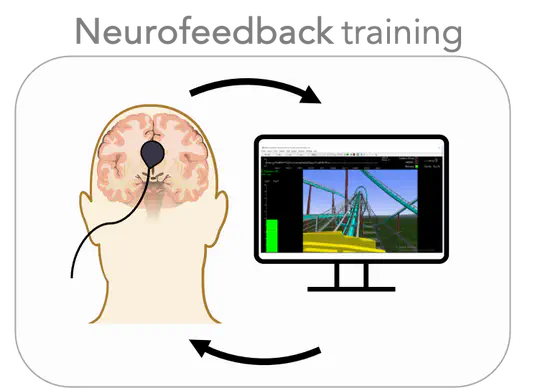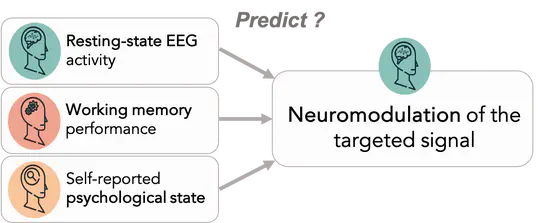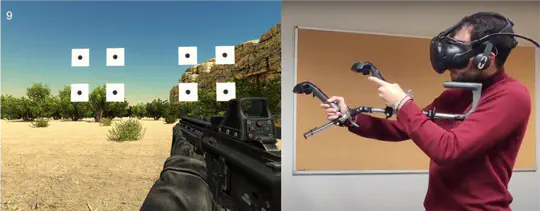Biography
After completing a Ph.D. in cognitive science, I am currently a postdoctoral researcher at The French Aerospace Lab (ONERA). My research focuses on investigating human cognition from an applied perspective, using various psychophysiological methods to measure and enhance attention and memory processes. I am interested in exploring the applications of brain-computer interfaces (e.g., neurofeedback) and investigating human performance under various levels of cognitive load, as well as in ecological settings using virtual reality. Additionally, my interests extend to meta-science, covering sciences synthesis, philosophy and history of science.
- Perception & Memory
- Cognitive performance
- Brain-computer interface
- Virtual reality
- Meta-science
PhD in Cognitive Science, 2022
Paris Cité University
Master in Fundamental and Applied Cognitive Psychology, 2018
Paris Cité University
BSc in Psychology, 2016
Paris Cité University
Featured Publications

Cognitive workload (CWL) is a fundamental concept in the assessment and monitoring of human performance during cognitive tasks. Numerous studies have attempted to objectively and continuously measure the CWL using neuroimaging techniques. Although the electroencephalogram (EEG) is a widely used technique, the impact of CWL on the spectral power of brain frequencies has shown inconsistent results. The present review aimed to synthesize the results of the literature and quantitatively assess which brain frequency is the most sensitive to CWL. A systematic literature search following PRISMA recommendations highlighted three main frequency bands used to measure CWL: theta (4–8 Hz), alpha (8–12 Hz), and beta (12–30 Hz). Three meta-analyses were conducted to quantitatively examine the effect of CWL on these frequencies. A total of 45 effect sizes from 24 studies involving 723 participants were computed. CWL was associated with significant effects on theta (g = 0.68, CI [0.41, 0.95]), alpha (g = −0.25, CI [−0.45, 0.04]), and beta (g = 0.50, CI [0.21, 0.79]) power. Our results suggests that theta, especially the frontal theta, is the best index of CWL. Alpha and beta power were also significantly impacted by CWL; however, their association seemed less straightforward. These results are critically analyzed considering the literature on cerebral oscillations. We conclude by emphasizing the need to investigate the interaction between CWL and other factors that may influence spectral power (e.g., emotional load), and to combine this measure with other methods of analysis of the central and peripheral nervous system (e.g., functional connectivity, heart rate).
Projects
Recent Publications
Recent & Upcoming Talks
Experience
Responsibilities include:
- Data collection and analysis
- Teaching (cognitive (neuro)science, experimental design & data analysis)
Contact
Feel free to contact me if you would like more information or if you are interested in collaborating.





